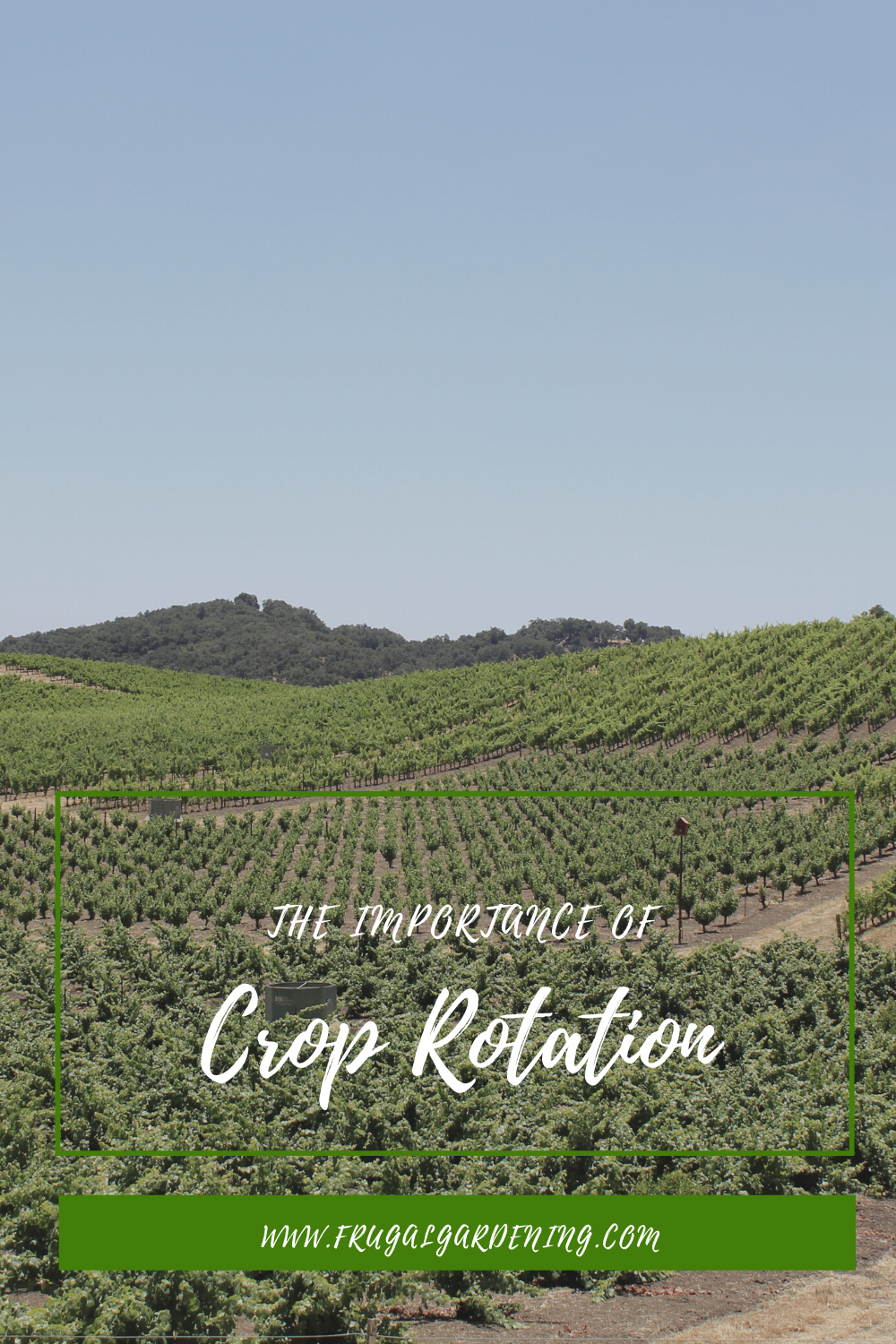
It’s that time of year again! Gardeners are starting to plan out the season. Usually, I spend this month sketching out a rough plan for my garden—taking crop rotation principles into account. I also start some seeds in my basement. This year, though, the pandemic has me changing up my plans. I’m giving my garden a break. I’m still going to grow stuff, but it’ll be less intensive. My focus will be to support pollinators and beneficial bugs by growing food sources like nectar-filled flowers. I’ll also try to build healthy soil by sowing cover crops. I’ll grow a few edibles in containers on my patio, but I think it’s time to give the soil a break this year.
Growing food is an inherently taxing process. It requires a lot from the soil. Over time, if you continue to grow and grow without returning anything back, you’ll end up with depleted, unhealthy soil.
Rotating crops and planting nitrogen-fixing plants like beans can help reduce soil “fatigue.” By introducing crop rotation into your gardening routine, you also:
- Reduce instances of pests
- Limit disease
- Improve the soil’s ability to retain water
- Recycle nutrients
- Reduce the need to use store-bought products like fertilizer and pesticides
- Improve soil condition
What does it mean to rotate crops? By rotating crops, you don’t plant stuff from the same family in the same spot for several years.
You can also let some of your beds rest for a season—which is what I’m doing this year.
It definitely involves a lot of planning, so I recommend using a spreadsheet or notebook to keep notes. I know you think you’ll remember your plan a few years down the road, but it’s unlikely that you’ll remember what you planted in bed ‘A,’ 3 years from now.
Other considerations for successful crop rotation:
- Test your soil. Test the soil for nutrients and pH every year or so. Never fertilize for no reason. You should know what’s missing before you dump fertilizer willy-nilly.
- Keep a close eye. Carefully monitor your garden to catch pests and diseases before they become a huge problem. You may need to alter your plans if a specific pest is an issue.
- Use cover crops. Recycle nutrients into the soil and prevent carbon from getting released into the atmosphere by sowing cover crops or green manure.
Source: https://www.nrcs.usda.gov/Internet/FSE_DOCUMENTS/stelprdb1167375.pdf

Steph Coelho is a freelance writer gardening in zone 5b. She is a certified Square Foot Gardener and has taught various garden-related workshops. When she’s not digging in the dirt or writing, she’s cooking up fresh produce, running, or listening to her favorite podcasts.
Leave a Reply